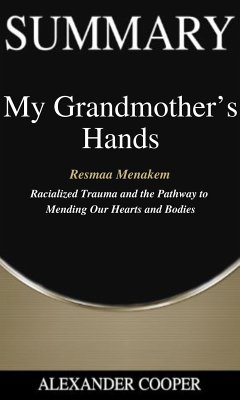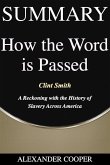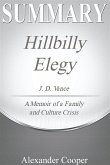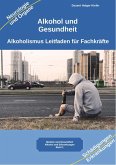Summary of My Grandmother's Hands - Racialized Trauma and the Pathway to Mending Our Hearts and Bodies - A Comprehensive Summary Resmaa Menakem's My Grandmother's Hands is an excellent book dedicated to guiding readers down the path of healing intergenerational trauma brought on by white supremacy, which manifests itself as white-body supremacy. Trauma is inherent in this white-body supremacy, and affects folks of all races and backgrounds; however, the categories that Menakem primarily focuses on in his path to healing are Black bodies, White bodies, and the bodies of the American police. Menakem writes that trauma responses are that of the lizard brain - the lizard brain does not act reasonably, it acts on primal instincts - fight, flee, or freeze. This response works off of deep-seated biases that one would normally never think to act on.One of the things that is so remarkable about Menakem's approach to the healing of intergenerational trauma is his insistence on the fact that the key to healing actually lies within our bodies, and not solely our minds. Menakem goes on to insist that, because trauma is not always individual, healing should not be either - but instead can be shared with communities and families. The title, My Grandmother's Hands, is a tribute to Resmaa Menakem's childhood memory of feeling his grandmother's hands, which had been thick with callouses and scars from her days as a slave, picking cotton. To be continued... Here is a Preview of What You Will Get: ¿ A Full Book Summary ¿ An Analysis ¿ Fun quizzes ¿ Quiz Answers ¿ Etc. Get a copy of this summary and learn about the book.
Dieser Download kann aus rechtlichen Gründen nur mit Rechnungsadresse in A, B, BG, CY, CZ, D, DK, EW, E, FIN, F, GR, HR, H, IRL, I, LT, L, LR, M, NL, PL, P, R, S, SLO, SK ausgeliefert werden.









